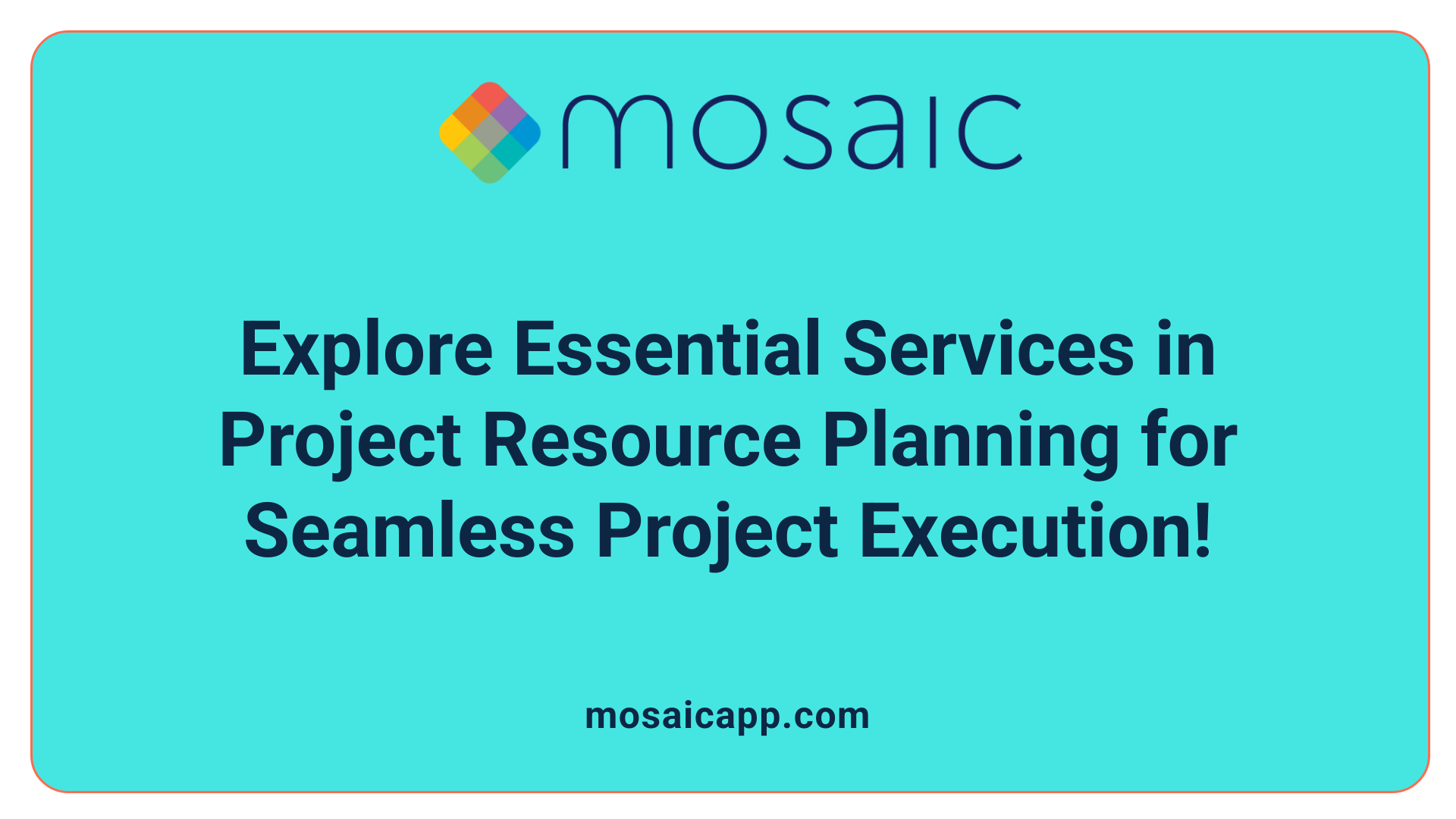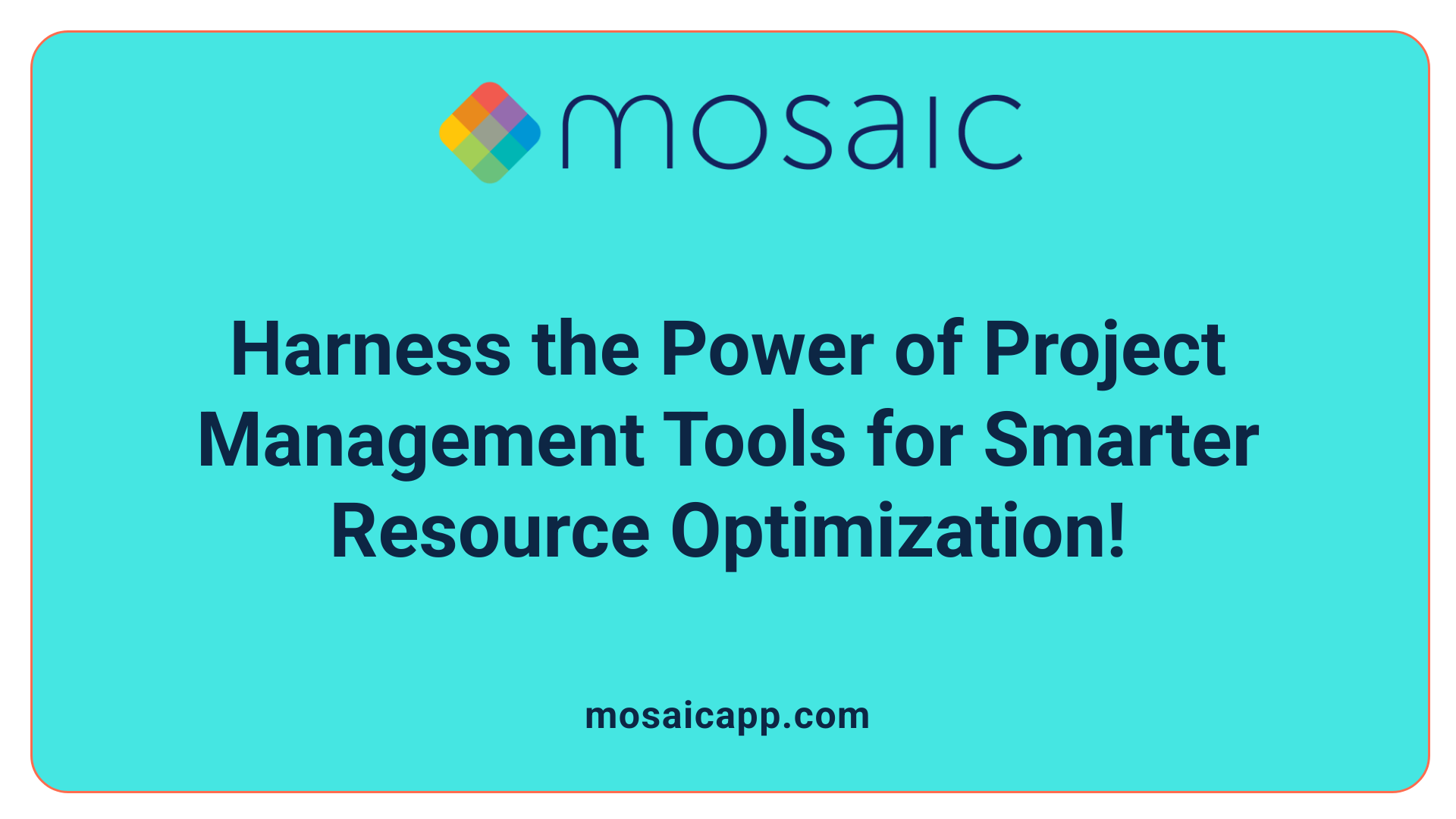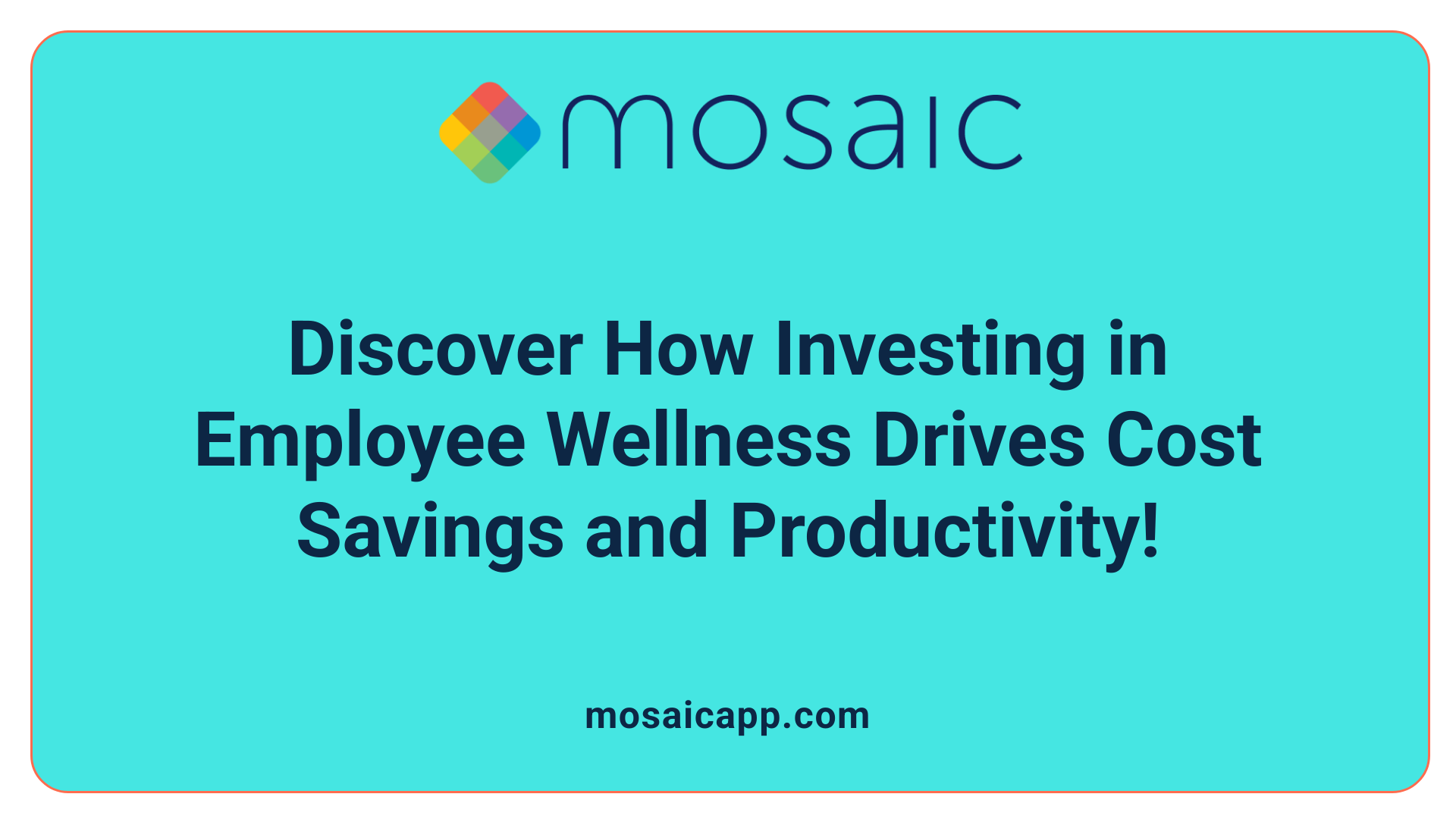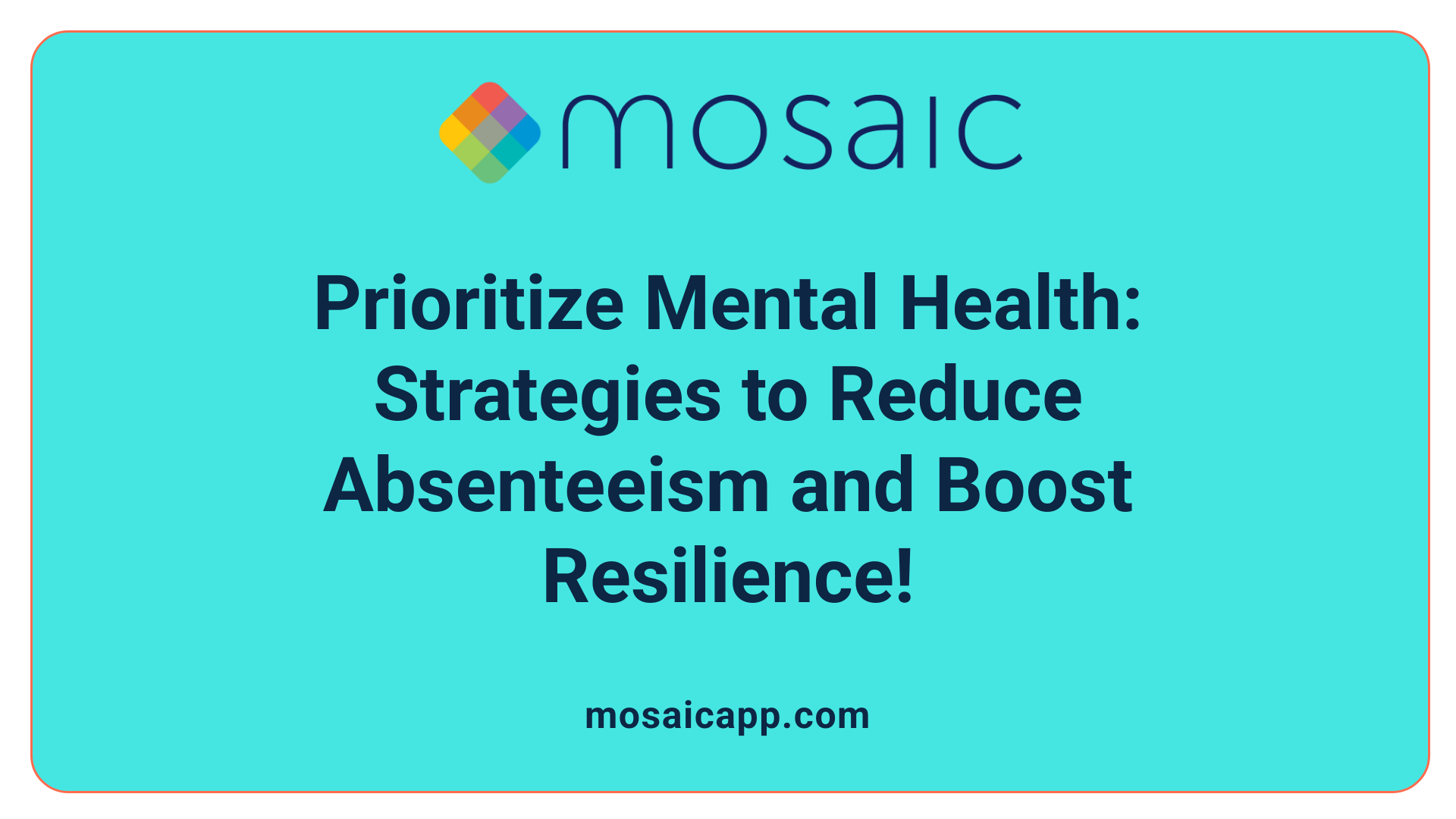Understanding the Synergy between Team Health and Resource Planning
In today’s competitive business landscape, organizations are discovering that investing in employee wellness coupled with effective resource management delivers a significant return on investment (ROI). By aligning project management resource planning practices with comprehensive wellness programs, companies can enhance workforce productivity, reduce costs, and improve overall project outcomes. This article explores how integrating these disciplines fosters healthier teams, greater efficiency, and stronger financial performance.
The Fundamentals of Project Management Resource Planning
What are the key components of project management resource planning?
Project management resource planning revolves around identifying and organizing all resources essential to the project’s success. These resources typically include personnel, equipment, materials, and tools.
Personnel involves determining the number and types of staff members needed, their skills, and availability. Equipment and materials relate to the physical items necessary to perform tasks, while tools refer to software or systems that facilitate project execution.
How does resource allocation, scheduling, and capacity planning fit in?
Resource allocation assigns specific resources to tasks, ensuring the right people and equipment are available at the correct times. Scheduling coordinates these allocations within the project timeline to optimize productivity and avoid conflicts.
Capacity planning assesses whether current resources suffice or additional acquisitions are necessary. It helps managers anticipate potential resource shortages and mitigate risks.
What tools and monitoring mechanisms support effective resource planning?
Project management software is fundamental, offering features like Gantt charts to visualize timelines and workload management to balance resource use. These tools help track actual resource utilization against plans, enabling adjustments when deviations arise.
Monitoring involves continuous review of resource consumption and availability, highlighting bottlenecks or inefficiencies to improve project outcomes.
Benefits of comprehensive resource planning
By integrating these components, resource planning enhances project efficiency, curtails unnecessary expenses, and helps maintain adherence to scope, schedule, and budget constraints. It ensures teams are neither overburdened nor idle, promoting smoother project delivery and higher success rates.
How Effective Resource Management Enhances Project Outcomes
How Can Effective Resource Management Improve Project Outcomes?
Effective resource management is crucial to the success of any project. By ensuring that the right resources—whether human, material, or technological—are available at the right time, it helps minimize delays and prevent bottlenecks that can derail progress. This careful scheduling and allocation reduces downtime and keeps the project on track.
Resource Availability and Scheduling
Accurate forecasting and strategic scheduling ensure that team members and materials are neither overworked nor idle. This balance prevents burnout and maximizes productivity, maintaining steady momentum throughout the project timeline.
Cost Optimization and Productivity Gains
Resource management promotes cost efficiency by allocating resources where they are most needed and reducing waste. Optimized use of personnel and materials means lower operational costs and higher output, contributing directly to project success.
Use of Advanced Tools and Methodologies
Implementing sophisticated resource planning software and methodologies like Lean and Six Sigma enables precise tracking and forecasting. These tools help identify inefficiencies early, allowing teams to make data-driven decisions that streamline workflows and improve overall effectiveness.
Risk Mitigation and Workload Balancing
Proactive resource management includes anticipating potential risks related to resource shortages or overstretching. By balancing workloads and maintaining clear communication, organizations reduce the chance of burnout, mistakes, or missed deadlines, thus enhancing the likelihood of meeting project goals.
In summary, effective resource management integrates strategic scheduling, cost control, advanced technological tools, and proactive risk mitigation. This comprehensive approach not only controls costs but also ensures timely, high-quality project delivery that satisfies all stakeholders.
Typical Services in Project Management Resource Planning

What services are typically offered in project management resource planning?
Project management resource planning comprises several essential services aimed at optimizing project execution. These include:
Resource Plan Creation: Developing detailed plans that specify the types, quantities, and schedules of personnel, equipment, and materials required for successful project completion.
Resource Allocation and Capacity Planning: Assigning available resources strategically while balancing workloads and forecasting future capacity needs to prevent bottlenecks or overallocation.
Risk Assessment and Cost Estimation: Identifying potential resource constraints and estimating associated costs to mitigate risks and maintain budget control.
Software Tools for Resource Management: Utilizing specialized tools that enable real-time tracking, management, and optimization of resource utilization across multiple projects.
These services collectively enhance efficiency by ensuring resources are available when needed, controlling costs, and supporting timely achievement of project goals.
Overcoming Common Challenges in Resource Management During Projects
What are common challenges faced in resource management during projects?
Resource management during projects often encounters several obstacles that affect team performance and project success. One significant challenge is resource overallocation and scheduling conflicts, where employees or resources are assigned beyond their available capacity, leading to burnout and delays.
Additionally, lack of real-time visibility into resource availability and project progress hinders timely decision-making. Teams relying on outdated or manual systems struggle to manage allocations accurately, increasing the risk of errors and inefficiencies.
Skills mismatches are another common issue, where assigned resources do not fully meet the skill requirements of tasks. Combined with scope creep—unplanned changes or expansions in project scope—this can strain resources and extend timelines unexpectedly.
Communication barriers also play a role, as unclear priorities or resistance to adopting new resource management tools can prevent seamless collaboration and monitoring. This resistance may lead to fragmented tracking and difficulty in adjusting plans effectively.
Addressing these challenges requires a strategy focused on implementing dedicated resource management software that provides real-time insights, encouraging transparent communication, and promoting flexibility. Regular planning sessions that reassess resource needs help in balancing workloads and preventing burnout. Encouraging team buy-in to new tools and processes reduces resistance, enabling smoother scheduling and better utilization of skills.
By tackling issues such as overallocation, lack of visibility, skills gaps, and communication hurdles, organizations can enhance productivity and ensure projects stay on track.
Leveraging Project Management Tools for Optimal Resource Planning

How do project management tools support resource management planning?
Project management tools play a vital role in optimizing resource planning by offering real-time visibility into resource availability and workload. This instant access enables project managers to forecast needs more accurately and allocate resources efficiently, balancing expertise and preventing burnout or underutilization.
Visualization tools such as Gantt charts provide a graphical overview, illustrating timelines and dependencies clearly. These charts help teams understand project phases and resource commitments, making scheduling more transparent and manageable.
Advanced features like 'what-if' simulations allow teams to perform scenario analyses, exploring how different allocations or project changes affect overall outcomes. This proactive approach leads to better decision-making by anticipating risks and bottlenecks before they occur.
Additionally, automated scheduling and analytics continuously adjust resource assignments based on project progress and shifting priorities. This dynamic adaptation ensures that resources are effectively deployed across multiple projects, improving productivity and maintaining momentum.
In summary, project management tools enhance resource planning through real-time insights, clear visualizations, scenario forecasting, and automation. These capabilities drive strategic resource utilization, boost project efficiency, and contribute to increased profitability.
The Financial and Operational Benefits of Investing in Employee Wellness

How Do Employee Wellness Programs Reduce Healthcare Costs and Absenteeism?
Investing in employee wellness programs yields significant savings by lowering healthcare expenses and reducing absenteeism. For instance, a Harvard Business Review study revealed that a six-month wellness intervention reduced medical claim costs by $1,421 per participant and converted 57% of high-risk employees to low-risk status. Additionally, meta-analyses indicate that for every dollar invested, approximately $3.27 in medical costs and $2.73 in absenteeism expenses can be saved. These reductions stem from healthier employees needing less medical care and missing fewer days of work.
In What Ways Do Wellness Programs Boost Productivity and Employee Engagement?
Wellness initiatives enhance productivity by fostering higher energy levels, positivity, and better mood among employees—a phenomenon sometimes referred to as the 'Employee Positivity Factor.' Seventy-seven percent of companies report increased productivity due to wellness programs, alongside improved employee morale and engagement. These programs address physical, emotional, financial, and social wellness, creating a more engaged and efficient workforce that drives organizational performance.
How Do Wellness Programs Contribute to Lower Employee Turnover?
Corporate wellness programs also help retain talent by improving job satisfaction and fostering employee loyalty. About 70% of employers believe that wellness initiatives reduce turnover rates, translating into cost savings on recruitment and training. Lower turnover maintains workforce stability, which is crucial for sustained productivity and cohesion within teams.
What Are the Long-Term Financial Advantages of Wellness Investments?
Long-term ROI from wellness programs manifests as sustained lower healthcare costs, ongoing reductions in absenteeism, and continued productivity gains. Studies from institutions like the RAND Corporation report an average ROI of $1.50 for every dollar invested, with substantial savings linked to disease management and fewer hospital admissions. Wellness programs also reduce disability claims related to mental health, which can represent up to 40% of short-term disability costs. Over time, healthier employees adopt lifestyles that perpetuate these cost savings and performance improvements.
How Employee Wellness Programs Complement Resource Management to Boost ROI
Integrating Wellness Programs with Resource Planning
Employee wellness programs and resource planning within organizations are increasingly recognized as complementary strategies. Wellness initiatives focusing on physical, emotional, financial, and social health support a more engaged workforce, which enables better allocation and utilization of human resources. By aligning wellness programs with resource management, companies can optimize employee availability and performance, reducing disruptions caused by health-related absenteeism.
Enhanced Morale and the 'Employee Positivity Factor'
A significant benefit of wellness programs is the uplift in employee morale and positivity. Healthier employees tend to exhibit higher energy levels and improved moods, a phenomenon often described as the 'Employee Positivity Factor.' This optimism boosts customer interactions and encourages creativity, fostering a workplace atmosphere conducive to innovation—a direct contributor to organizational success.
Productivity Gains from Better Health
Healthier employees generally show increased productivity. Studies have correlated wellness programs with a decrease in sick days and improved engagement, directly enhancing job performance. Approximately 77% of companies with wellness programs report higher employee productivity, underlying the clear link between health and workplace output. Moreover, satisfied and healthy employees are more likely to remain with their employers, supporting stronger and more efficient teams.
Cost Savings via Reduced Absenteeism and Turnover
Incorporating wellness strategies leads to tangible cost reductions. Decreased absenteeism means less lost work time, and lower employee turnover minimizes costs associated with recruiting and training replacements. Some organizations have noted savings of several dollars for every dollar invested in wellness initiatives, ranging from healthcare cost reductions to increased retention. For example, hospitals employing permanent staff have saved millions by lowering turnover, reflecting the financial impact of workforce stability.
Wellness programs thus work hand in hand with resource management strategies to foster an environment where employees thrive, and organizational efficiency and profitability rise as a result.
Addressing Mental Health and Stress within the Workforce to Enhance Resource Utilization

How Do Mental Health Issues Impact Absenteeism and Disability Claims?
Mental health-related disability claims represent a significant portion of workplace absenteeism costs. They account for 30-40% of short-term disability claims and approximately 30% of long-term disability claims. These claims continue to increase annually, underscoring the importance of preventive and supportive workplace mental health initiatives to reduce these costly occurrences.
Why Are Stress Management and Resilience Programs Crucial?
Stress management and resilience-building programs are vital components in addressing workplace mental health. These programs specifically target helping employees cope with workplace pressures and mental health challenges. By promoting emotional wellness, these programs reduce stress-related absenteeism and bolster employees' ability to remain productive under pressure.
What Positive Outcomes Have Workplace Mental Health Initiatives Achieved?
Organizations like Bell Canada serve as exemplary models. Bell reported a greater than 50% decrease in relapse and recurrence rates of mental health issues, along with a 20% reduction in short-term disability claims related to mental health, after implementing comprehensive mental health strategies. Such programs focus on promotion, early intervention, risk mitigation, leadership training, and support during return-to-work phases. Ultimately, these efforts yield healthier, more resilient workforces and measurable financial returns.
How Is the Effectiveness of Mental Health Programs Measured and Improved?
Performance measurement is essential for continuous improvement. Tracking key performance indicators, including rates of disability claims, employee feedback, engagement benchmarks, and ROI, helps employers refine their programs. Iterative standards like Canada’s Psychological Health and Safety Standard provide frameworks for incremental improvements based on baseline data, ensuring long-term success and sustainable resource utilization.
| Aspect | Details | Impact on Resource Utilization |
|---|---|---|
| Mental Health Disability Claims | 30-40% of short-term & 30% of long-term claims | High costs and absenteeism |
| Stress Management Programs | Focus on resilience and coping mechanisms | Reduced stress-related absenteeism |
| Positive Outcomes | Bell Canada's 50% drop in relapse, 20% drop in disability claims | Lowered healthcare and absence costs, improved morale |
| Measurement & Improvement | KPI tracking, iterative standards like Psychological Health and Safety | Better program ROI and sustained workforce productivity |
Building a Stable, Healthy Workforce through Long-Term Staff Investment
How Does Investing in Permanent Staff Result in Cost Savings Compared to Temporary Staff?
Investing in permanent healthcare staff significantly reduces labor costs. Permanent registered nurses typically earn $35-$55 per hour, whereas temporary travel nurses command $90-$150 per hour. For example, one hospital saved $4.2 million by filling 100 nurse roles with permanent staff instead of relying on temporary workers. These savings stem not only from lower wages but also reduced reliance on costly short-term contracts.
What Improvements in Patient Care and Team Cohesion Does Workforce Stability Bring?
Long-term employment fosters deeper familiarity between healthcare providers and patients, leading to better patient-provider relationships and fewer errors. Permanent staff usually have stronger knowledge of protocols and workflows. This continuity enhances team cohesion, creating more coordinated and effective care teams. Such an environment supports both patient outcomes and staff satisfaction.
How Are Turnover Costs Reduced by Maintaining a Stable Workforce?
Reduction in staff turnover saves expenses associated with recruiting, onboarding, and training new employees. Additionally, it mitigates productivity losses linked to low morale and transitional periods. Sustaining long-term employees helps maintain institutional knowledge and ensures smoother operations, further cutting hidden turnover-related costs.
What Productivity Gains Result from Workforce Stability?
A stable healthcare workforce contributes to faster patient throughput and improved leadership accountability. When employees remain long-term, they build efficiency in processes and communication, driving better performance. These productivity gains lead to increased revenue and a more resilient organization.
| Aspect | Impact | Description |
|---|---|---|
| Cost Savings | $4.2 million saved | Lower hourly wages and reduced temporary staffing reliance |
| Patient Care | Enhanced quality | Stronger patient relationships, reduced errors, cohesive teams |
| Turnover Costs | Lower recruitment and training | Savings from fewer hires and improved morale |
| Productivity | Increased efficiency | Faster processes, better leadership, improved team dynamics |
Sustaining Project Success through Health-Focused Resource Strategy
Investing in team health via comprehensive wellness programs while applying strategic project management resource planning creates a powerful synergy that drives measurable ROI. Organizations benefit from reduced healthcare and absenteeism costs, enhanced productivity, and lower turnover rates, all supported by technology-enabled resource optimization. Addressing mental health, fostering positivity, and committing to staff stability ensures employees remain engaged and capable, leading to superior project outcomes. As companies navigate increasing complexity, integrating these approaches will be critical to achieve sustained business performance, workforce resilience, and competitive advantage.
References
- The Return-On-Investment (ROI) of Employee Wellness ...
- The Real ROI for Employee Wellness Programs
- Understanding the ROI of Corporate Wellness Solutions
- The ROI of Investing in Permanent Healthcare Staff | Cost vs.
- The ROI in workplace mental health programs
- 10 Resource Management Challenges [+ Practical Solutions]
- 7 Biggest resource management challenges and solutions


